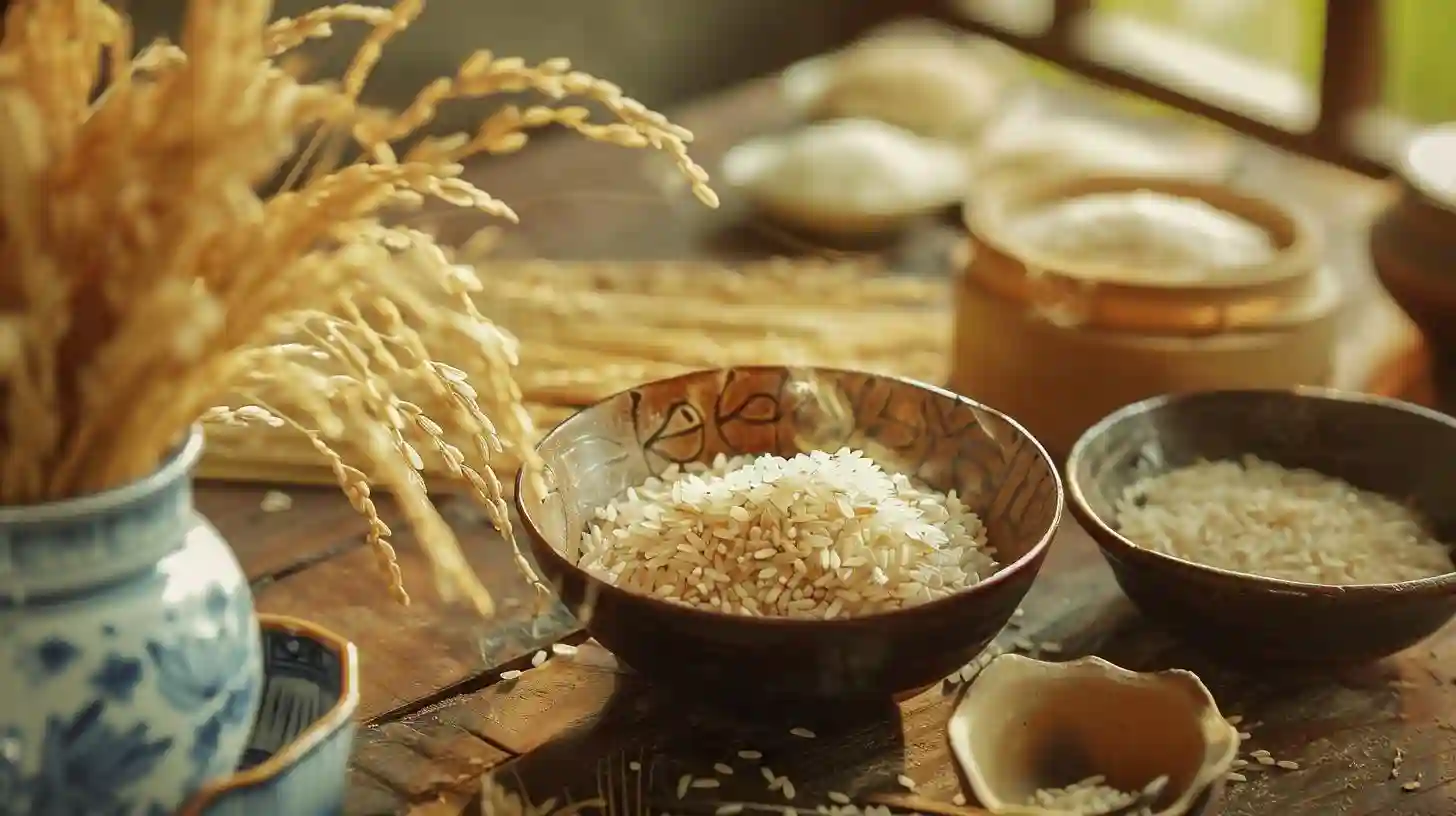
Rice is one of the world's most important crops, providing food to billions of people every day. The rice production process involves a number of steps that are necessary to ensure the quality and quantity of the final product. In this article, we will look at the different stages of rice production, from planting to harvesting to milling.
Selecting the Right Variety: The first step in the rice production process is selecting the right variety of rice to plant. There are thousands of different varieties of rice, each with its own unique characteristics and growing requirements. Factors such as climate, soil type and water availability play a role in determining which variety of rice is best suited to a particular region.
Land preparation: Before planting, the land must be properly prepared. This involves plowing and leveling the field to create a smooth and level surface for planting. In some cases, farmers may also add fertilizers or other amendments to improve soil fertility.
Planting Seeds: Rice is usually grown by planting seeds in flooded fields, a method known as wet rice farming. The seeds are usually sown in nurseries and then, once they have germinated, transplanted into the main field. This ensures that young rice plants get a strong start and can become established quickly.
Crop Management: Once rice is planted, it must be carefully managed to ensure a successful harvest. This includes activities such as irrigating fields, controlling weeds and pests, and monitoring crop health. In many rice-growing regions, farmers rely on traditional rice cultivation methods such as hand weeding and hand irrigation, although some areas also use modern technologies such as mechanized equipment and drones.
Harvesting: When the rice plants have reached maturity, it is time to harvest. Rice can be harvested by hand using tools such as sickles or scythes, or it can be harvested using specialized machinery such as harvesters. Harvest timing is critical as rice must be harvested at the correct stage of maturity to ensure high grain quality.
Drying and Threshing: After rice is harvested, it must be dried and threshed to remove the husks from the grains. Drying can be done by laying the rice out in the sun or using mechanical dryers, and threshing can be done by hand or using machines. The dried grain is then stored in silos or other storage facilities until it is ready to be milled.
Grinding rice. The final step in the rice production process is milling, during which the grains are cleaned, hulled, and polished to produce white rice. The grinding process typically involves several steps, including removing impurities from the beans, husking the beans to remove the outer hull, and polishing the beans to give them a shiny appearance.
The rice production process is a complex and labor-intensive undertaking that requires meticulous attention to detail at every stage. From choosing the right variety of rice to planting the seeds, harvesting the grain and milling the grain, each step plays a critical role in ensuring the quality and quantity of the final product. By following best practices and using modern technology, farmers can make rice production more efficient and sustainable, helping to feed a growing global population.